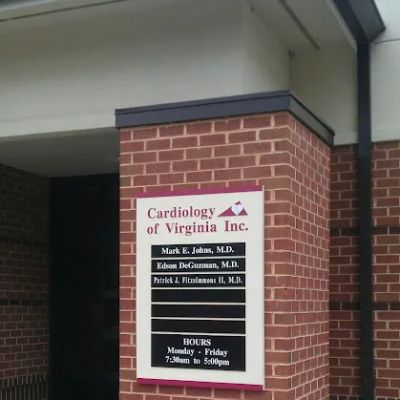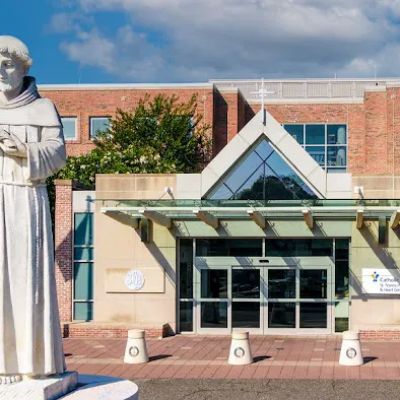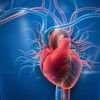Heart Disease in Children: How and When to Consult a Pediatric Cardiologist
- 1. What Is Heart Disease in Children?
- 2. Common Causes of Heart Disease in Children
- 3. Recognizing Symptoms of Heart Disease in Children
- 4. When to Seek a Pediatric Cardiologist
- 5. How Pediatric Cardiologists Diagnose Heart Disease
- 6. Treatment Options for Heart Disease in Children
1. What Is Heart Disease in Children?
Heart disease in children refers to a wide range of heart conditions that can affect children from birth to adolescence. These can range from congenital heart defects, which are present at birth, to acquired heart conditions that develop later in life. Heart disease in children is a serious condition that requires timely diagnosis and treatment. It is important for parents to be aware of potential symptoms, as early intervention can make a significant difference in the child’s health and development.
2. Common Causes of Heart Disease in Children
There are several types of heart disease in children, each with different causes:
- Congenital Heart Defects: These are heart defects that are present at birth. Examples include holes in the heart, abnormal heart valves, or problems with the heart’s blood vessels. Congenital heart defects are the most common type of heart disease in children.
- Rheumatic Heart Disease: This condition develops from complications of rheumatic fever, which can occur after a streptococcal throat infection. It causes inflammation of the heart valves and can lead to long-term heart damage.
- Cardiomyopathy: This refers to a disease of the heart muscle that can weaken the heart’s ability to pump blood, leading to heart failure. It can be inherited or caused by a viral infection.
- Arrhythmias: These are irregular heart rhythms that can occur in children, sometimes due to other underlying conditions, such as congenital heart defects.
Although many children are born with heart defects, some conditions may develop as a result of other factors like infections or genetic predisposition.
3. Recognizing Symptoms of Heart Disease in Children
Recognizing the signs of heart disease in children can be challenging, as many symptoms may overlap with other common childhood illnesses. However, parents should watch for the following warning signs:
- Fatigue or lethargy: Children with heart disease may tire easily and show signs of being unusually tired or weak, even after rest.
- Shortness of breath: Difficulty breathing, especially during physical activity or while lying down, is a key symptom of heart problems in children.
- Swelling in the legs, abdomen, or around the eyes: Fluid retention caused by poor heart function can result in swelling.
- Rapid or irregular heartbeat: A child may complain of palpitations or feel that their heart is beating too fast or irregularly.
- Pale or bluish skin tone: This can indicate a lack of oxygen in the blood, a common sign of heart problems.
If you notice any of these symptoms, it’s crucial to consult a pediatrician who may refer you to a pediatric cardiologist for further evaluation.
4. When to Seek a Pediatric Cardiologist
If your child shows any of the above symptoms, it is important to seek help from a pediatric cardiologist. Early diagnosis is key in managing heart disease and preventing complications. Some signs that it’s time to seek help include:
- If symptoms persist despite usual treatments or home care.
- If your child experiences chest pain, fainting, or excessive fatigue during physical activities.
- If there is a family history of heart disease or genetic conditions that may increase the risk of heart problems.
- If your pediatrician suspects that a heart condition may be present based on your child’s health history or physical exam.
A pediatric cardiologist is a specialist who is trained to identify and treat heart disease in children. They can perform diagnostic tests such as echocardiograms, electrocardiograms (EKG), and chest X-rays to determine the condition of your child’s heart.
5. How Pediatric Cardiologists Diagnose Heart Disease
Pediatric cardiologists use a variety of methods to diagnose heart disease in children. These include:
- Physical Exam: The first step often involves a thorough examination, including listening to the heart and lungs for any abnormal sounds.
- Echocardiogram: This non-invasive test uses sound waves to create images of the heart’s structure and function. It is commonly used to identify congenital heart defects.
- Electrocardiogram (EKG): An EKG measures the electrical activity of the heart and can identify arrhythmias or heart rhythm issues.
- Chest X-ray: This may be used to see the size of the heart and check for fluid in the lungs, which can indicate heart failure.
With these tests, a pediatric cardiologist can accurately diagnose the type and severity of heart disease and recommend an appropriate treatment plan.
6. Treatment Options for Heart Disease in Children
The treatment for heart disease in children depends on the type and severity of the condition. Common treatment options include:
- Medications: Depending on the condition, medications can help manage symptoms, reduce fluid buildup, or control arrhythmias.
- Surgery: In cases of congenital heart defects or severe cardiomyopathy, surgery may be necessary to repair or replace damaged heart structures.
- Heart Transplant: For children with end-stage heart failure, a heart transplant may be the only viable option.
- Cardiac Devices: Pacemakers or implantable cardioverter defibrillators (ICDs) may be recommended for children with arrhythmias or certain types of heart failure.
The goal of treatment is to manage symptoms, prevent complications, and improve the child’s quality of life. Regular follow-ups with a pediatric cardiologist are often required to monitor the child’s progress and make any necessary adjustments to the treatment plan.




















